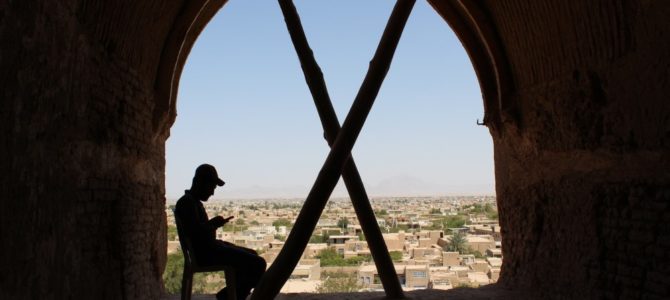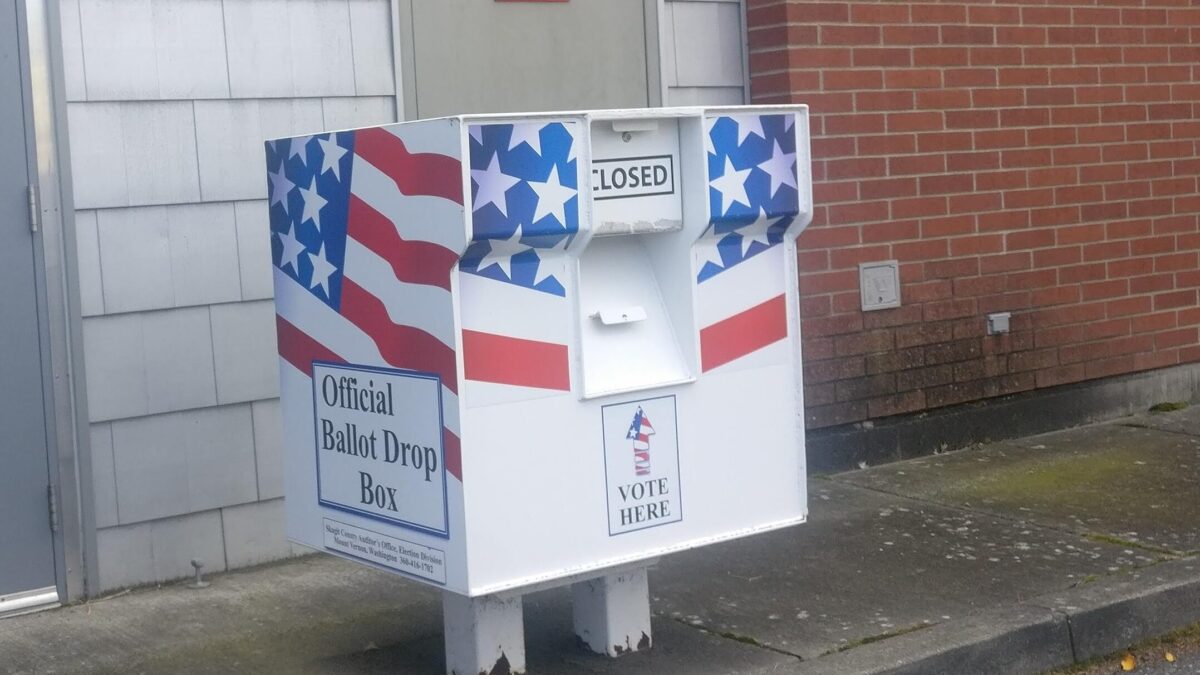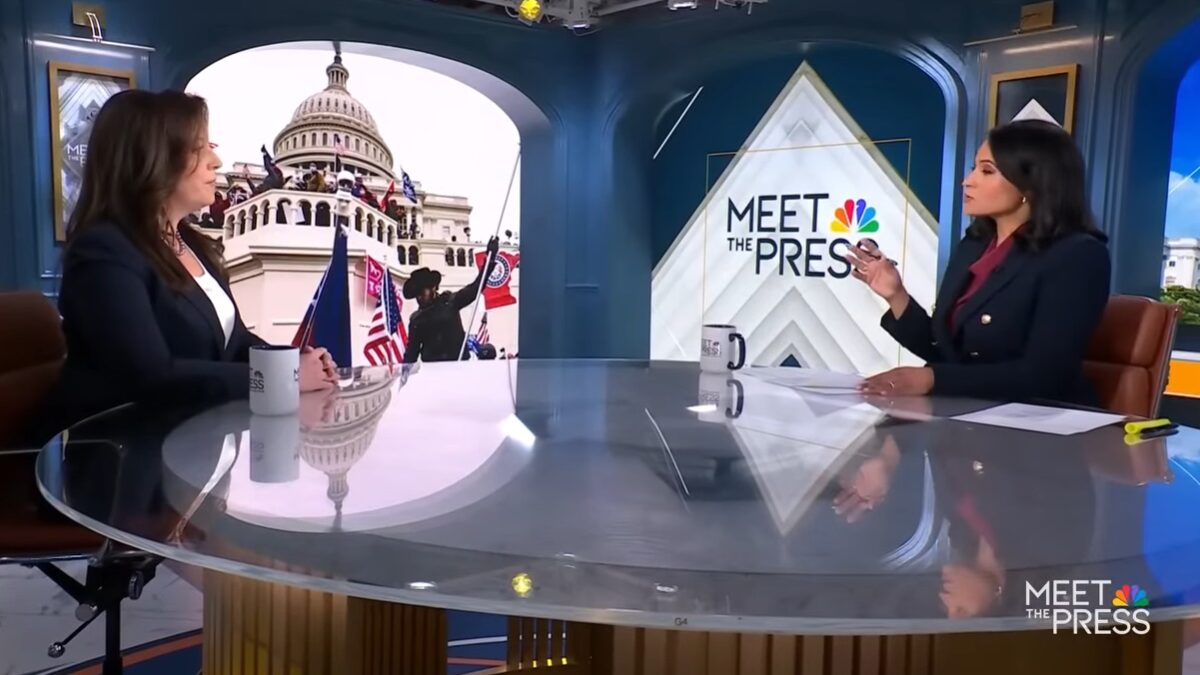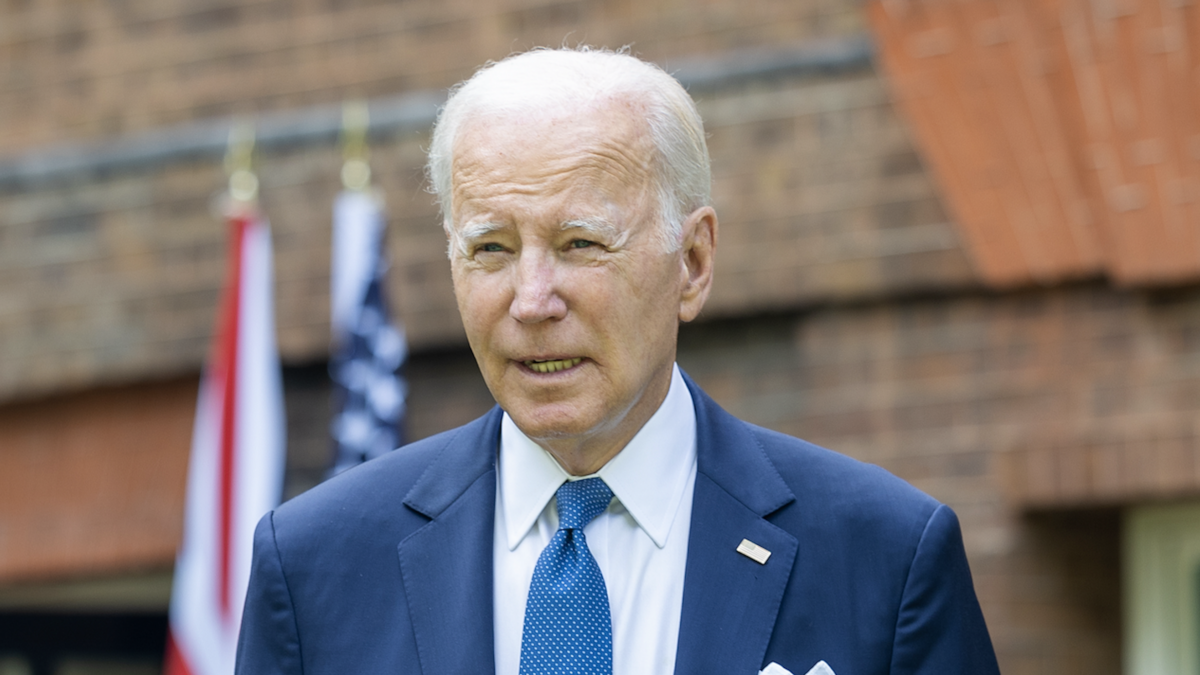
Six months into President Joe Biden’s term, several sanctions against Iran were lifted and new ones imposed as the administration seeks to cajole Iran back to the negotiating table over their nuclear capacity. While the messaging from Washington, and the signaling from Tehran, was mixed, one thing was clear this past July in the southwestern city of Ahvaz: people were thirsty. On July 15, after weeks of irregular access to water and periods of several hours with no water, a spontaneous protest emerged.
Desperate, angry citizens took to the streets and blocked roads as the growing service shortages plaguing Iran reached a breaking point. Dubbed the Uprising of the Thirsty, within days the protests were province-wide then soon spread around the country and into Tehran. Citizens blamed the government, and widespread corruption, for water and power shortages, and in some instances chanted “Death to the dictator.”
Some reports indicate the regime was taken aback by the speed at which the protests spread, the biggest in the capital since after the mistaken downing of a Ukrainian passenger plane in January 2020. Security forces killed protesters in cities near Ahvaz and the government throttled Internet service to limit organizers’ ability. Given the frequency of unrest in the past several years, the regime by now has a well-worn playbook, much of it dedicated to suppressing demonstrators with deadly force.
So, despite the protests’ organic and widespread nature, there will be no revolution this year. Still, an important evolution has taken place in Iran in 2021. Conventional wisdom has for years suggested that relief from Western sanctions is a drastic and urgent need for the regime. But a more careful read of their actions in 2021 suggests relief as maybe the third or fourth priority of the government.
These Leaders Are Not Motivated By Compassion
Iran’s leaders recognize the economic pain and domestic dissatisfaction that result from sanctions do not pose an existential threat to a regime willing to rule through hard power. Its protesters and would-be revolutionaries lack much international support.
The regime survived shooting a young woman named Neda in the chest on video in 2009, drawing harshly worded statements from around the world, and little else. The Green Revolution more than a decade ago made clear: no one is coming to help the Iranian people. The mullahs will suppress widespread dissent with proven, and sadly well precedented, force.
Ensuring regime stability is the first and ultimate goal. After that, the actions of the mullahs suggest that access to hard cash and balancing against Israel are the regime’s next two highest priorities.
In fact, Iran’s recent attack on an Israeli-affiliated tanker is not just about cementing proxy advantage in any of the region’s particular conflicts, nor the typical angling for military superiority of two regional powers. That attack serves a more immediate need. Specifically, the Iranians rely on a naval deterrent to prevent the interdiction of ships selling reduced-rate oil for cash to Syria and China—one way they blunt the ability of sanctions to rob them of operating funds.
So the regime now knows that deadly crackdowns and evading sanctions are not showstopping impediments to its domestic and regional goals. It knows foreign governments lack the will to crack down on illicit oil shipments, and it knows it can survive even temporarily destabilizing protests.
Regime Stability Is a Key Goal
Seeing those lifelines, it chose to abandon even the veneer of election legitimacy in bringing in hardliner Ebrahim Raisi to the presidency this summer. The mullahs broke with longstanding tradition and fixed the June presidential election in a dramatic and obvious manner. The fix was so obvious that a majority of Iranians stayed home, knowing who Supreme Leader Khamenei’s handpicked candidate was, as speculation also increased that Raisi may transition from president to supreme leader when the aging Khamenei dies.
Previously, the presidency was a mechanism for at least limited domestic reflection of popular concerns. Instead, it’s now occupied by a man himself a symbol of and groomed for only one interest: regime stability.
In the past few years, Iran has attacked U.S. forces, a U.K. ship, Israel, Saudi Arabia, and planned further attacks in Washington, Paris, and elsewhere. These military operations supplement the ongoing proxy maneuvers and paramilitary meddling they conduct in Syria, Yemen, Iraq, and elsewhere.
Hard power reigns in the region, and Iran is wielding it to the most effect. None of this activity is simply explainable as Iran “ratcheting up tensions” in the push for a deal or “strengthening their hand” in advance of one. The deal is just not very relevant anymore; maybe third or fourth on their list of priorities, and even the Israeli sabotage campaign against their nuclear program has not prevented further enrichment of fissile material.
The Deterrent Is Israel
The hard power calculation underlying the region now is certainly not Iran estimating how the United States will respond to their nuclear program, nor fear of Gulf states with limited military capacity. It’s the open Israel-Iran conflict: not quite a war, certainly not peace.
The deterrent is Israel, not a United States unwilling to even retaliate against Iranian attacks on facilities in Iraq manned by U.S. personnel. Iran’s freedom of action is everything that won’t provoke a full-fledged war with Israel. Few, if any, other guardrails exist.
The extent of Iranian meddling in the region has essentially created a new sub-state order, one subject to Iranian control. Through these interventions, Iran has a veto over the domestic politics experienced by millions of people, a manifestation of the Islamic revolution absent the formal overthrows typically associated with this.
It’s not that they rule those countries, but it’s more than foreign meddling, a kind of “soft sovereignty.” Iran does not determine every domestic choice in these countries, but it does mean that by using subversive proxy support in places like Lebanon and Iraq they have the ability to override democratic institutions at key moments and shape the acceptable window of outcomes. Sponsored, armed militias get a veto over outcomes they don’t like.
What Happens When the United States Weakens
The region cannot make progress in these conditions. A radical aggressive hegemon and regional piece cannot coexist, and conflict, delayed humanitarian progress, and frustration will remain the norm.
The U.S. is unwilling to force a further step-change in regional dynamics. Iran gets that. Israel gets that. The Gulf powers get that. So, what does a Middle East with an uninterested U.S. look like?
Two critical variables will determine much, with potential implications for not just the region but the world. The first is whether other nation-states in the region break open, a la Syria and Yemen. If that happens, a broader instability spiral could emerge, with the number of refugees and internally displaced at some point nearly equaling the number of settled, preventing virtually any progress from being made both regionally or in individual countries.
The second is whether the existing low-level conflict can sustain as-is with only the occasional boil-over or whether major state-to-state war breaks out, with Iran enlisting its proxies across the region in subversion and regional sabotage. If the pace of the current unnamed but open conflict—already involving naval vessels in the Mediterranean, armed drones in Iraq and Syria, and long-range missiles in Yemen—quickens, our ability to call it anything other than regional war won’t be the only thing on shaky ground.









